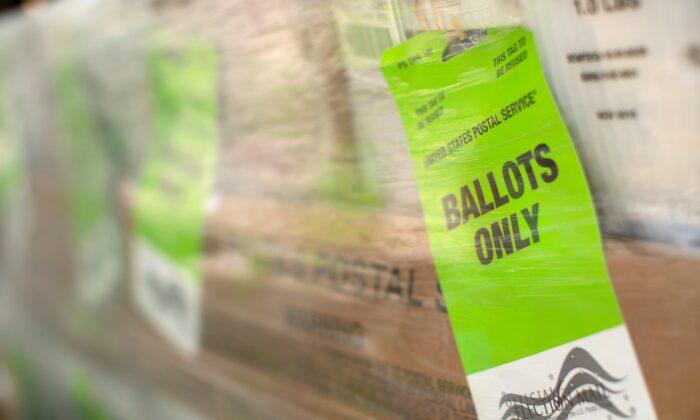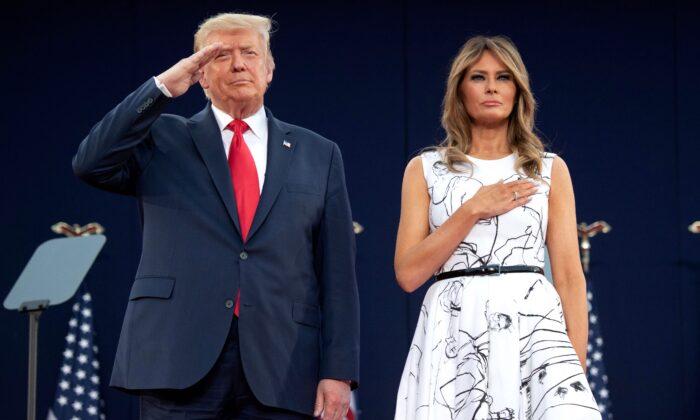These illegitimate ballots could then be “voted” by bad actors before or even after election day.
One particular flaw is the impossibility of verifying if ballots were mailed before or after election day because postage-paid envelopes don’t normally get postmarked. Arbitrarily allowing ballot receipt many days or weeks after election day is a strong invitation to voter fraud.
Lose a state or district by 1,000 votes? Easy, just dump thousands more harvested or “found” ballots in the mail the next day and nobody will be the wiser—the perfect crime.
Here’s a few examples of how poor laws and practices help enable mail-in ballot fraud.
These examples illustrate the dangerous state of our election system in the wake of poorly implemented mail-in balloting, ballot harvesting, and voter rolls full of deceased and unqualified names—and now, ballots that can be mailed after the results on election night are known.
By contrast, the absentee ballot system, developed over many decades, requires proof that the voter actually exists and lives at their current registered address, not at previous or additional addresses. Further, absentee ballots are usually required to be postmarked or received by Election Day.
To help eliminate the possibility of post-election ballot fraud, President Donald Trump can help by signing an executive order to require the Postal Service to postmark all returned mail-in ballots. I’ve suggested this to people in the White House.
Post-paid return envelopes don’t normally go through the postmark mail flow; however, ballot envelopes are identical in shape and design within each state, allowing for ease in separating them for postmarking. Or, for the balloting period, just postmark all mail of the same class as returned ballots.
It’s this simple: If there’s no way to detect voting occurring after Election Day, then bad actors with access to large quantities of ballots could be tempted to drop sufficient ballots in the mail the next morning once they learn how many votes they need to steal a race. The media has been setting the stage to make this scenario seem legitimate, stating that “Trump will win on election night, but lose as mail-in ballots arrive much later.”
Ballots that arrive much later almost certainly would be fraudulent, mailed after the initial returns were known.
Like most “early voting” and absentee balloting, all mail-in balloting should have a hard cutoff to ensure receipt or a postmark on or before Election Day. That requires universal postmarking of ballots.
The stability of and public trust in our electoral system depends on a single day when all ballots are received, counted, and the winners declared.
A simple postmark on all returned ballots would indeed provide proof that ballots were sent on or before Election Day. The logistics may be complicated, but what’s at stake is the very integrity of our electoral system.
There are many other alarming flaws in mail-in balloting that should be corrected, but taking this one step this year can prevent some fraud.
Americans don’t deserve Third World-like chaos, with officials “discovering” more ballots for weeks and endless court challenges that undermine the integrity and public trust in fair elections.
The president has the opportunity to help protect the integrity of America’s election process by issuing an executive order to postmark all mail-in ballots.





